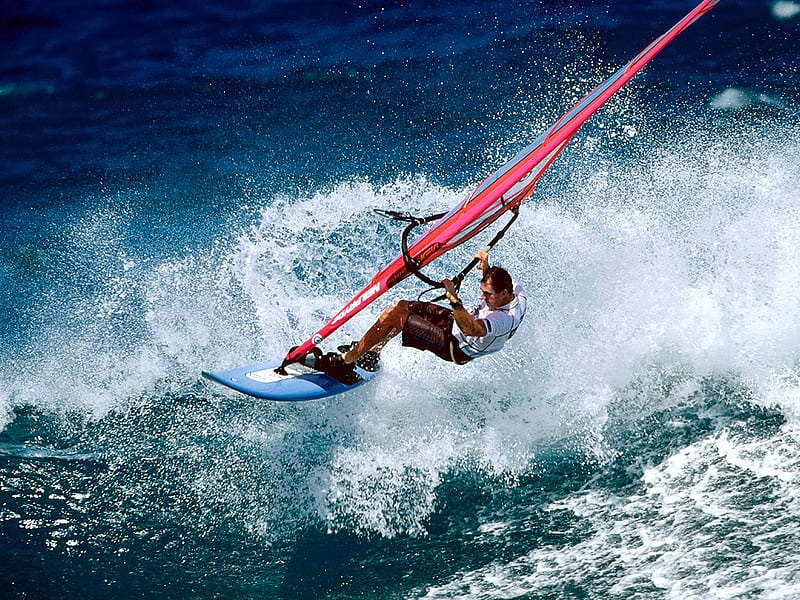Powerboat racing has been a popular sport for over a century and is played worldwide. The engine that powers the powerboat, also known as a motorboat or speedboat, allows for high-performance speeds. It is one of the most well-liked boat racing styles, with some annual international competitions. It first became popular in the 1920s and 1930s. During this period, improvements in boat design made it possible to build faster boats, making the races more exciting. The 1950s and 1960s were considered the golden era of powerboat racing, and some of the most famous race boats came from this era.
Inshore
Inshore powerboat racing is water-based motorsport in which powerboats race each other in inland or sheltered bodies of water. These bodies of water include lakes, bays, docks, and rivers. While there are many variations of this sport, they all have some common elements.
The sport has many different categories and divisions. At the highest level, there is Formula 1, which is akin to circuit car racing. Each level of this racing series has its regulations. Usually, a race lasts 45 minutes and is held in a sheltered bay. The winner is crowned World Champion, just like Hugh Fuller, who has won numerous national and international championships and has been a top athlete in the sport.
Inshore powerboat racing includes races on multi-pin and two-pin circuits, around 1.5 to two kilometers long. The lower categories have various designs, which are determined by class regulations. Many boats are traditional V-hulled, and others are inflatable. The sport is competitive, risky, and highly entertaining.
Offshore
The first international offshore race was organized by publishing magnate Alfred Harmsworth. The series featured endurance races that ran for hundreds of miles, and they laid the groundwork for offshore performance boating.
Offshore racing is unlike any other motorsport. The racing process requires the racer to match their equipment against other competitors and the unforgiving ocean. An uninformed spectator may assume that the sport is about speed, but offshore racing is an artful blend of human skill and machinery. The sport had evolved from when marine engines were invented in the late 1800s. It became popular in large international competitions, and many boats became multi-athlete teams.
Costs
Starting a powerboat racing team can be expensive. It takes a substantial initial investment, usually about $20,000, and the boat can cost around $30,000. The costs don’t end there. There are registration fees, race fees, and crew expenses. Boat repairs and maintenance can add another $1,000 or more to the total cost of running a powerboat racing team.
Costs of powerboat racing vary depending on the class and the race. The hull alone can cost anywhere from $200,000 to $300,000, and the running gear, rudder, and steering will run you several thousand dollars. You may also need to pay for fuel and maintenance. Additionally, travel expenses can add up to several thousand dollars. Fortunately, there are some ways to cut down on these expenses. One way to do so is to race in lower classes or to share a boat with someone who can afford the expenses. Powerboat racing is expensive, but it’s well worth the investment if you love boating and are looking for competitive competition.






